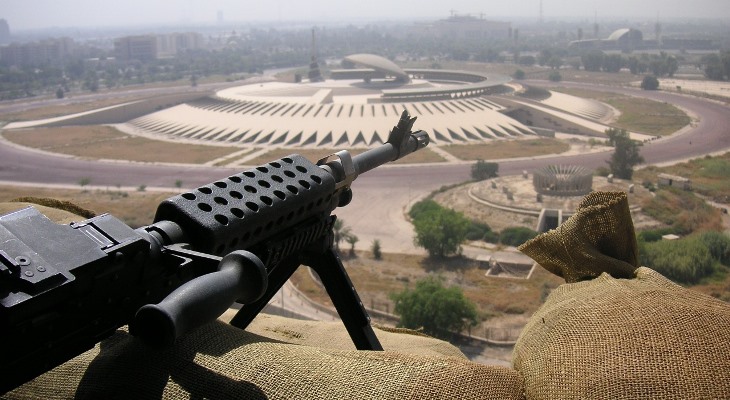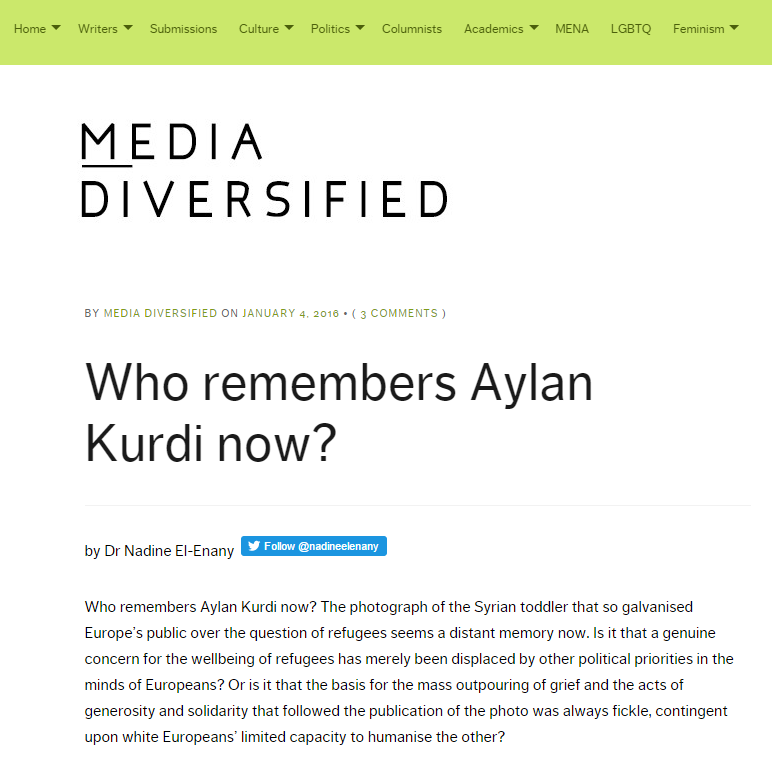Fifty years on since the introduction of the Divorce Reform Act, new laws coming into effect in the Spring will remove adultery as a basis for divorce. Daniel Monk, Professor of Law, discusses the history of the Act, seen as progressive for its time, and implications from the legal reform.
On 6 April the Divorce, Dissolution and Separation Act 2021 will come into force. This long awaited statute repeals the Divorce Reform Act 1969 and sweeps away the final vestiges of matrimonial fault as a legal basis for divorce. For campaigners and family law practitioners this is a cause for celebration. The focusing on establishing adultery and detailing the ‘unreasonable’ behaviour of spouses exacerbated emotional distress and in practice had long become a ritualised often formulaic paper exercise. Removing the need to refer to individual conduct reflects not just that divorce has become far more socially acceptable but also that divorce is perceived as a right, as important as the human right to marry, a personal choice, a private matter. The decision of the Supreme Court in Owens v Owens in 2018, in which a wife’s petition for divorce was, exceptionally, defended by her husband and, even more surprisingly, rejected by the court, was, consequently, a shocking reminder of how out of step the law was with contemporary experiences and perceptions of divorce, and marriage. As such the Supreme Court judgement assisted in the path to reform, possibly intentionally.
But it is worthwhile remembering that the Divorce Reform Act 1969 was itself heralded as a progressive reform. Alongside the Sexual Offences Act 1967 and the Abortion Act 1967 it justifiably stands as a representative symbol of that permissive, increasingly secular, time. Of course, the history is more complex: all those landmark statutes were riddled with compromises.
The 1969 Act removed all references to ‘marital offences’ and ‘the guilty party’ and enshrined the principle that a divorce could be granted if the marriage had ‘broken down irretrievably’. But while it enabled this to be established by facts relating to separation and, radically, simply by consent of the parties, at the same time it repackaged earlier ‘offences’ of adultery, behaviour and desertion as ‘facts’ which could also be relied on to establish breakdown of a marriage.
In practice adultery and behaviour remained consistently popular ‘facts’ for divorce. There may be pragmatic reasons for this – it avoided delay and separation can sometimes be hard to establish – but it also suggests that for a large number of people attributing responsibility for the breakdown of a relationship was always more than simply a legal hurdle, but a way of validating a personal narrative or emotional truth. The social stigma attached to divorce has undoubtedly shifted, but far less, if at all, the investment in romantic ideals, conjugal coupledom and belief in the value of the making of a life-long commitment.
For many sexual fidelity remains key. Indeed, some gay and lesbian activists went so far as to complain that the law’s refusal to recognise adultery as a basis for ending same-sex marriages and civil partnerships was a form of unjust discrimination. This somewhat bizarre demand for the legal recognition of ‘same-sex adultery’ overlooked the haunting significance of ‘illegitimacy’ and gendered double standards inherent in the offence of adultery. But it demonstrates how malleable concepts are, how change and continuity go hand in hand: the commands of moral judgment morphing into desires for therapeutic justice.
Adultery has deep roots. Prior to 1937 it had been the sole basis for divorce, and double standards for husbands and wives were enshrined in the law. Going back further it is worth remembering that Protestant theological recognition of divorce was premised on a zealous belief in the importance of punishing adulterers and a withering scorn for Catholicism’s more pragmatic practises of formal separation and all too easily obtained annulments.
With Adultery soon to disappear from the statute books, family law students will no longer be required to read what must be some of the most prurient cases in the law. Confession: they were fun to teach. Adultery will live on in costume dramas – A Very British Scandal about the notorious divorce case Argyll v Argyll (1962) is the most recent example – and as an historical curiosity in countless plays and novels. But what impact, if any, will the legal reform have on spousal expectations and aspirations? Devoid of any legal scaffolding, what place will Adultery have in wider public consciousness?
One reason why it is hard to answer these questions is because of the deep-seated ambivalence about divorce per se. While no longer enveloped in theological sin or social disgrace, shame lingers on and is reinforced by the cruel notion of a ‘failed marriage’. Divorce as a problem is buttressed in more subtle ways by fashionable ‘psychological’ narratives that place increasing emphasis on ‘attachment disorders’ to explain relationship failure. Emotional truths may replace a legal truth in undertaking the autopsy of a marriage, but they are more, not less, judgmental. The endless retelling of the divorce of Charles and Diana is evidence of an appetite for the blame game – by observers as well as the parties – while the fact that in law their divorce was based on separation is overlooked.
The centrality of emotions and feelings in narratives of divorce also obscures other explanations. When statistics recently revealed an increase in divorces of spouses over 60, who had been married for over 30 years, few greeted this as, in part, a welcome indicator that for the first time for a significant number of women divorce was not just socially but an economically viable option. High rates of owner occupation in that age group may be a factor – unlikely to be reached again. It’s too often overlooked that decreases in divorce reflect economic as much as emotional realities and should be a cause for concern. ‘Is divorce good for women?’ has long been a question dividing feminist opinion. The 1969 Act was described by some as a ‘Casanova’s charter’ for husbands but by others as an essential tool of liberation.
Divorce reform has been a key way in which the institution of marriage has been reimagined and reinvented. But at the same time divorce has always been about more than the institution of marriage, rather a window into complex, unsettling and ambivalent personal and political stories about progress, desire, and commitment.
Fifty Years of the Divorce Act 1969 (Hart/Bloomsbury), edited by Joanna Miles, Daniel Monk and Rebecca Probert, was published yesterday. It presents a ‘life-story’ of the Act through the lens of history, law, literature, demography and sociology, and looking to the future suggests ways for evaluating what makes a ‘good’ divorce law.
Further Information














